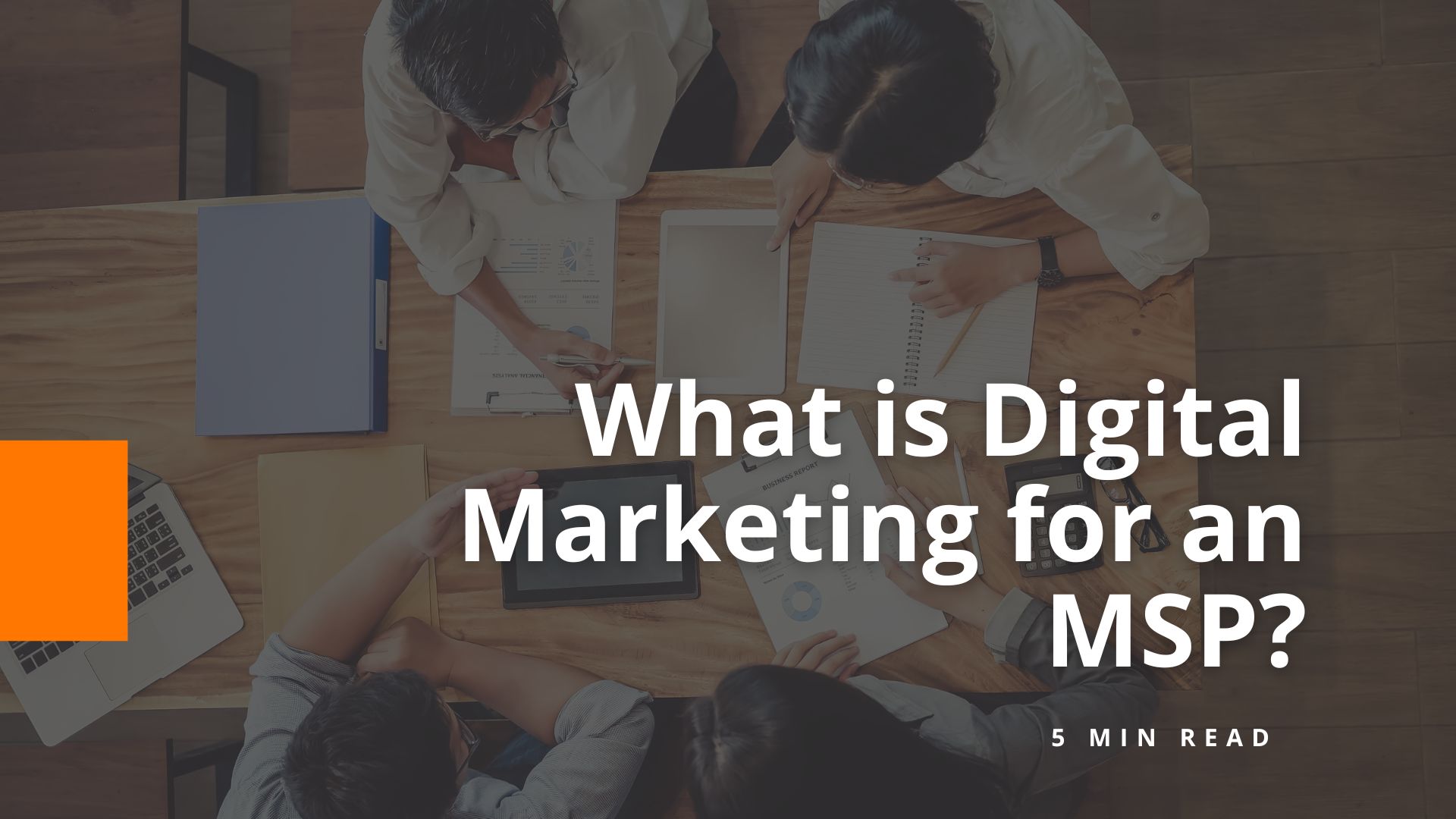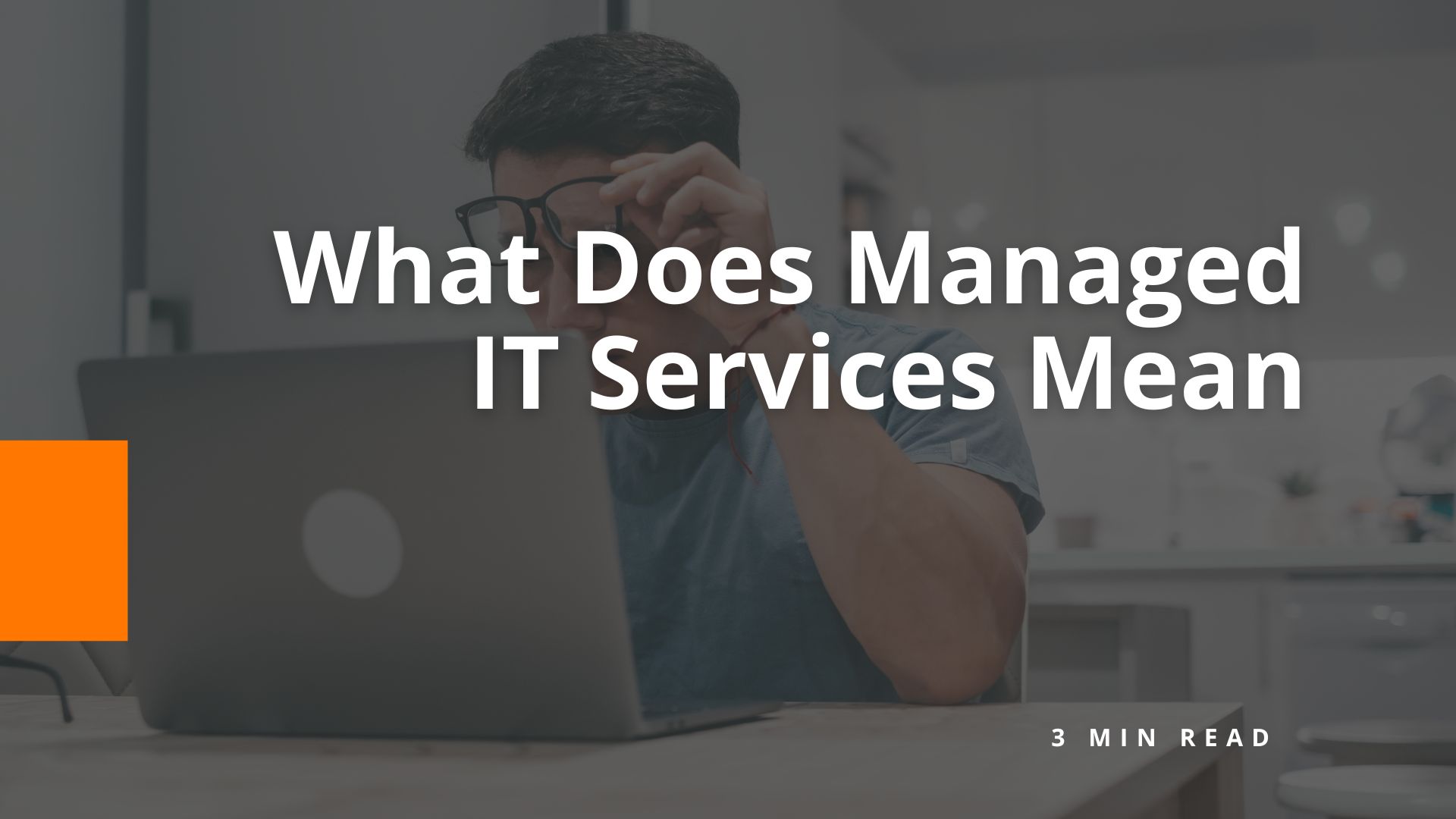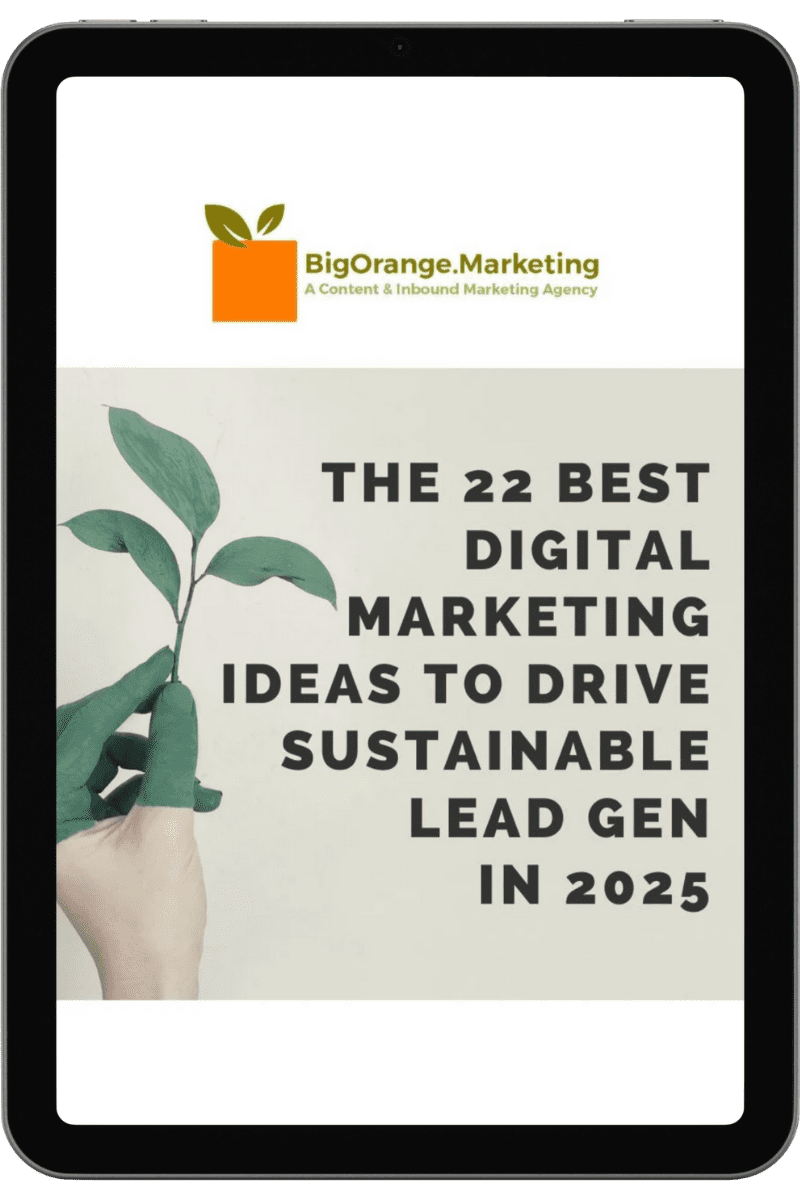Gaining SEO for Multi-Location Businesses: Geo-Specific Pages and Dynamic Website Pages

When it comes to optimizing SEO for multi-location businesses, it can be challenging to ensure that each location gets the visibility it deserves. However, there are a few ways to maintain a good web presence. By focusing on two different types of pages for your business — geo-specific pages and dynamic pages — you can significantly improve your local search rankings and improve the website experience for potential customers in each business location. Let’s break down this multi-location content marketing strategy.
Why SEO Matters
For businesses with multiple locations, standing out in local search results is crucial. Effective SEO enhances your online visibility by optimizing your content for search engines, which then drives more organic traffic from users actively searching for topics related to your business. In a competitive market, a strong SEO presence can set your business apart from competitors.
To understand multi-location strategy, it is important to know the difference between short-tail and long-tail keywords.
Short-Tail vs Long-Tail Keywords
Short-tail keywords are broad terms typically consisting of one or two words. They have high search volumes but also competitive rates. While short-tail keywords can drive substantial traffic to your site, they are less likely to generate many qualified leads due to their general nature. They are also much harder to rank for because there is much more competition.
Long-tail keywords are more specific phrases consisting of three or more words. They have a lower search volume but are much less competitive than and better for targeting qualified leads. Long-tail keywords are particularly useful for incorporating geo-specific keywords and phrases, which can help attract customers searching for services in particular locations.
The Multi-Location Challenge
The challenge with a multi-location business is how to compete for local SEO and make it clear to visitors that you have a presence in their local market. In the past, this meant building multiple websites or subdomains, which then caused their own SEO issues.
Today, dynamic websites make the challenge of showing your presence for each location much easier. But does dynamic content actually improve SEO? The consensus is that it doesn’t hurt, but dynamic content won’t move the needle for your local SEO the way that a traditional localized site would. That’s why a combination of geo-specific long-tail pages and dynamic website pages is ideal.
Step One: Geo-Specific SEO Pages
Your geo-specific, SEO-focused pages are the first stepping stone in turning potential customers into qualifying leads. When users find their way onto your site and realize that your business serves their specific location, they are more likely to explore your main website and eventually contact you for more information.
When it comes to businesses that operate in multiple locations, there are two specific types of geo-specific pages you need:
Main Location Pages
You should have a main page for each location you want to rank for. This page will serve as a hub for all the long-tail service-specific pages you create for this location. It should also include location details like address and contact information if possible. These pages can also be tailored with region-specific content and CTAs. This helps in ranking higher in local search results, making it easier for customers in each area to find the business.
By pairing a location with a short-tail keyword, you can create longer-tail keywords. For instance, it is more difficult to rank for the short tail “IT support” than for the longer tail “Cincinnati IT support” or “IT support in Cincinnati, Ohio.”
Long-Tail Service-Specific Pages
Geo-specific long-tail pages combine the specific location you want to have a search presence in with a long-tail keyword you want to rank for. For an IT company, for instance, this might look like “Denver Microsoft 365 migrations.” For a manufacturer, this might look like “automated nut insertion machines in South Carolina.”
These pages are entryways into your site and brand — the first thing a person searching for those services in that area will see. Because they are hyper-specific both in the keyword they are targeting and the geo location, they are more likely to rank well for local SEO.
To work, they need to have robust, high value and unique content around your long-tail keywords.
Step 2: Dynamic Website Pages
Now that users have found your site through the geo-specific pages, they will most likely move through your main site: Your home, about and service pages will be the most likely next places as the visitor seeks to learn more about your business. But what happens if they get to those pages and no longer see any representation of the geo they were searching for? They might conclude that you aren’t that “local” after all. That’s where dynamic content (also called dynamic website pages) comes in.
Dynamic content includes snippets of text that live within your pages that change based on a variety of factors that you choose when building your site. The simplest use of this is a headline that says “Welcome” for first-time visitors or “Welcome Back” for returning visitors.
You don’t necessarily need to build a whole new website to start leveraging dynamic content. If your site is in WordPress, your existing pages can be made dynamic with a simple plugin and some know-how.
Dynamic Websites for Multi-Location Businesses
Using dynamic content in conjunction with your geo-specific SEO pages is a powerful way to keep your users’ location at the forefront. Dynamic web pages ensure that users see their most relevant location represented across your site. This customization improves user experience and engagement, making it easier for customers to find and connect with your business.
Don’t worry: With the right implementation, your company won’t appear to have a presence in just any location. Your dynamic content will be specific to the areas you serve, with a set of “default” content for anywhere outside of those specific geographic areas.
Gaining SEO for Multi-Location Businesses
Looking for a trusted partner to help you implement a multi-location SEO strategy for your business? Book a free call today to see how we can assist you on your marketing journey.
Share the knowledge
Unleash Your Inner Spielberg: StoryBrand Framework Secrets to Turn Your Website Into a Blockbuster!
Storytelling has been captivating audiences since humans first learned how to communicate. Stories hook us in and transport us to different worlds where we meet…
Explore this TopicWhat Is Digital Marketing for MSPs?
Digital marketing for MSPs includes tactics like content marketing, social media campaigns, email marketing and advertising. Effective digital marketing for an MSP usually demonstrates industry…
Explore this TopicWhat Is MSP Marketing?
Managed service providers (MSPs) play a pivotal role in the IT industry offering a range of services that help businesses manage their technology. That being…
Explore this TopicWhat Is Included in an MSP Marketing Plan?
A well-structured and creative marketing plan is crucial for managed service providers (MSPs) to stay on top of the competition in the ever-evolving industry of…
Explore this TopicHow to Market Managed IT Services?
In the competitive world of IT, effective marketing is crucial for MSPs to stay afloat. Its important to understand the value of your services and…
Explore this TopicWhat Is Marketing in the IT Industry?
Marketing in the IT industry requires a blend of traditional strategies with more modern digital techniques designed to draw in target audiences and possible consumers. …
Explore this TopicHow Big Is the MSP Industry?
The managed service provider (MSP) industry has seen substantial growth over the past decade. Because our reliance on technology has steadily increased over the years,…
Explore this TopicWhat Does Managed IT Services Mean?
Managed IT services is a practice that many businesses are choosing now, outsourcing the responsibility of maintaining and managing their technology. This is an alternative…
Explore this Topic









